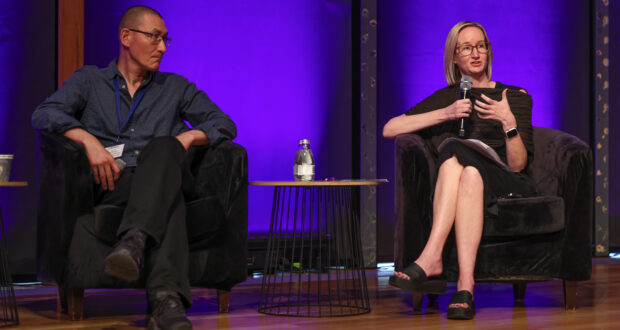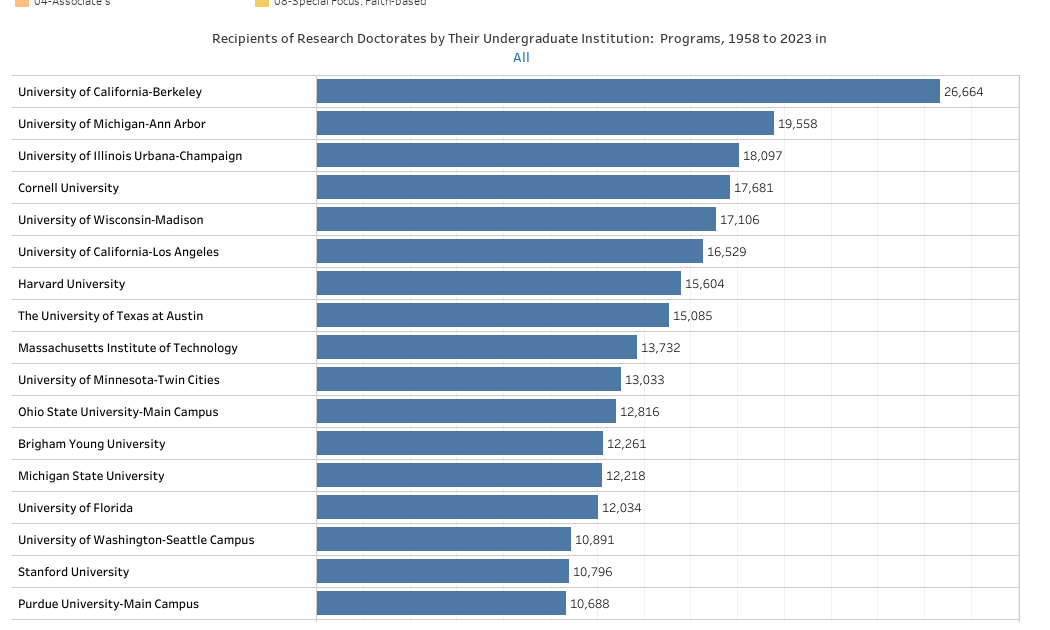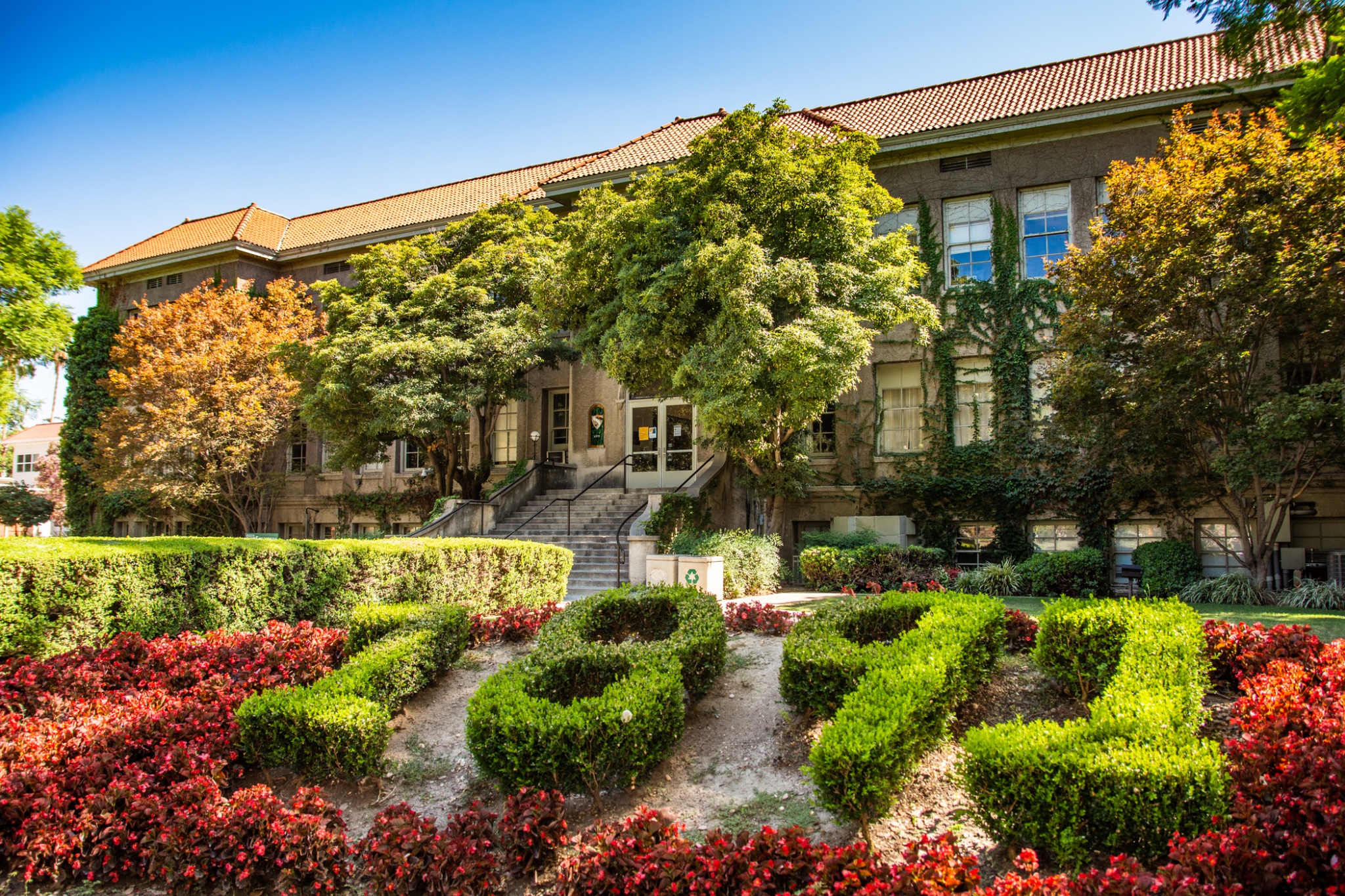When I became president of the University of La Verne in 2011, I often shared the story of why I was drawn to this role—and why it resonated so deeply with my family’s values. My husband and I were committed to raising our daughters in a community that embraced inclusivity, service, and the transformative power of education. These were not just abstract ideals; they were principles we wanted to live by and instill in our children. And sharing this connection wasn’t just about explaining my leadership—it was about building trust and fostering relationships across campus.
Today, as higher education leaders face unprecedented scrutiny—from political attacks on academic freedom and diversity efforts to growing public skepticism about the value of a college degree—this kind of authenticity and connection is more critical than ever. Our institutions are being challenged to prove their relevance and align their missions with the needs of diverse and sometimes skeptical communities. In this climate, personal storytelling offers a powerful way to build bridges, humanize our roles, and reaffirm the values that define higher education. In navigating the complexities of our current environment, storytelling is not just a leadership tool—it’s a leadership imperative.
Why personal storytelling matters
Building authentic relationships: Personal stories bridge the gap between leaders and campus communities. Sharing your experiences, challenges, and successes makes your role more relatable and human. When leaders share stories authentically, we foster trust and encourage deeper connections with our students, faculty, alumni, donors, and other stakeholders. A compelling story has a way of bringing people together, sparking that feeling of connection through common experiences.
Inspiring action and change: Stories are powerful motivators. They show how education can transform lives, encouraging students to pursue their dreams, sparking innovation among faculty, and connecting with alumni and donors. At the University of La Verne’s annual Scholarship Gala, I used to share my mother’s story—how, as an immigrant, she stayed committed to education despite countless challenges. When she, her two older sisters, and their parents first immigrated to the United States from Czechoslovakia, they had to build a new life, learn a new language, and adapt to new customs. My grandfather would bring used tires to their home, where the family would cut them into small squares and sew them together to create doormats. He sold these mats door-to-door, and the money they earned not only supported their daily life but was also saved so that my mother could attend nursing school.
Each year following my story, students would respond with their own incredible stories of resilience. Those moments didn’t just inspire greater scholarship donations—they raised awareness about the challenges that so many students face, underscoring just how vital access to education really is.
Shaping institutional culture: Personal stories are a big part of what shapes a university’s identity, creating a sense of inclusion, resilience, and shared values. Early on in my time at the University of La Verne, a board member told me why the university—her alma mater—meant so much to her and why she chose to give back as a donor and leader. She often spoke about how she and her husband met while attending La Verne, and that they both loved the supportive and inclusive environment at the university. Then one of her children enrolled, and a particular professor took him under his wing and helped him with his academic career. She felt La Verne was always there when she and her family needed support.
Her story stuck with me, and I shared it often as an example of how personal connections can inspire others to support the university’s mission. By encouraging storytelling like this, we brought our community closer together and reinforced our shared purpose.
Engaging with diversity: Every story brings something unique to a campus community. When we make room for diverse voices, we naturally build stronger connections and a sense of belonging. Serving on the board of Antioch University, I’ve had the privilege of hearing a wide range of students and faculty share their experiences—some inspiring, some challenging, all meaningful. These moments are a great reminder of how much we gain when we listen to and learn from each other.
Strategies for Effective Storytelling
Connect stories to the institution’s mission: Personal stories are powerful, but they work best when they connect back to the institution’s goals. I once attended a university event where the president’s stories, while memorable, didn’t really support the message of the institution—they overshadowed it, leaving the audience entertained but not necessarily inspired about the university’s future. It’s a good reminder that storytelling should always reinforce the mission and build confidence in what lies ahead.
Balance sharing with relevance: Finding the right balance between personal and professional storytelling is key. Oversharing can make people uncomfortable or distract from your message. A story might be heartfelt, but if it’s too detailed, the audience might lose track of why it matters. The best approach is to share meaningful anecdotes that highlight your points while keeping your audience and the setting in mind.
Maintain honesty and humility: The best stories come from a place of honesty and humility—they build credibility and trust. Think about great leaders: the ones who acknowledge the contributions of others tend to connect more than those who focus on their own achievements. On the flip side, self-congratulatory stories can feel off-putting and even break trust with the audience. Keep it grounded, which always resonates better.
Avoid unethical exaggeration: Stretching the facts or making up stories can seriously damage trust. And people can usually tell when a story isn’t genuine, whether it’s because of over-the-top details or a lack of authenticity in the delivery. It’s important for leaders to stay honest, sharing meaningful details without straying from reality. In today’s world, where fact-checking is everywhere, even small inconsistencies can hurt your credibility—and by extension, the reputation of your institution. Keep it real, and your message will always carry more weight.
Repetition without redundancy: Repeating key messages can really help drive them home, but it’s all about balance. When you tell the same story to different audiences, it can show consistency and authenticity, which is great. But if you overdo it, people might start to tune out, feeling like they’ve heard it too many times. We all recycle our favorite speeches and stories when we speak often, and that’s fine as long as we’re mindful of keeping it fresh. A thoughtful approach to storytelling means your message stays powerful without losing its impact.
************
Personal storytelling is one of the most powerful tools leaders in higher education have at their disposal. When done right, it builds trust, inspires action, and strengthens the sense of community. Sharing authentic stories helps connect audiences to the mission and values of an institution, creating a shared sense of purpose and vision.
As higher education continues to navigate challenges like public skepticism and political scrutiny, storytelling offers a way to highlight the transformative power of education. It allows us to address concerns with honesty and integrity, while keeping the focus on the positive impact education has on individuals and society. Reaching beyond the academy, these stories help build connections with the wider community—and ideally, around the world—showing how education shapes lives and strengthens society.
dotEDU Global Voices
This December, ACE will feature a special podcast series, dotEDU Global Voices, which will spotlight personal stories from accomplished international women university presidents. These leaders share their unique challenges, insights, and strategies, offering authentic and inspiring perspectives on leadership.
The series builds on my book, Spotlighting Female Leadership: Strategies, Stories, Perspectives, which highlights the journeys of ten accomplished university presidents. To learn more, download the book here and tune into the podcast for further inspiration.
Episode 1: Trailblazing Leadership in Turkey: Gülsün Sağlamer
Episode 2: Discovering Your Leadership Path: Sue Cunningham
Episode 3: Changing History at Colegio de México: Silvia Giorguli
If you have any questions or comments about this blog post, please contact us.








